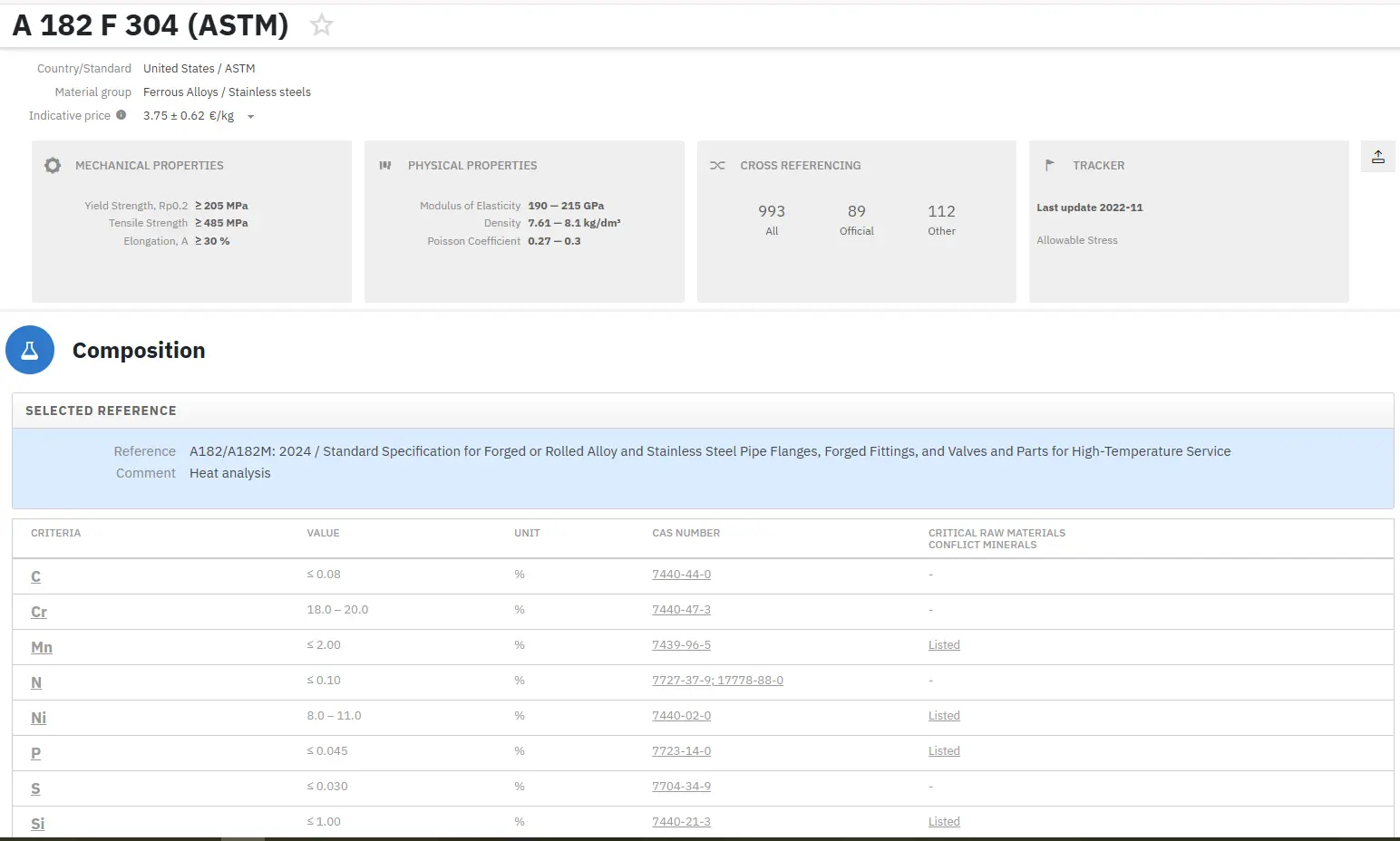ESR Slag
Abstract
Electroslag remelting can be summarized as a secondary refining process through consumable electrode remelting.
Characteristics of slag with ample refining ability include optimal electrical resistance, low viscosity, stable content and a low original content of hydrogen.
Conventional steels are produced using secondary metallurgical processes like BOF and EAF with subsequent treatment in ladle using Ladle furnace (LF) and vacuum degassing systems (VD, RH, etc). At the end of the refining the liquid will be casted using top and bottom pouring to produce ingots or billets using the continuous casting process with all its limitations in refining of the material and solidification structure in the final product.
Nowadays it has not been possible to meet the increasingly stringent requirements with regard to gas content, cleanliness, and homogeneity either with conventional melting and casting processes or with the vacuum induction furnace alone. Therefore ingots or billets casted in the conventional secondary metallurgy with top shrinkage cavity can be used for further processing in re-melting technology to achieve additional refinement of the structure and increase the cleanliness of the end product. Re-melting furnace like Electro Slag Remelting (ESR) can be used to achieve best material quality.
ESR (Electroslag remelting) is the abbreviated name given to electroslag consumable electrode remelting and secondary refining process. It is also used to describe three separate processes, using the principle of electroslag namely (i) consumable electrode metal refining and cost structure improvement process (ii) the semi-continuous or continuous alloy making process and (iii) the bulk metal deposit process for rebuilding worn parts and joining very heavy metal sections.
The history of slag for ESR began with the fluorine slag on the basis of the fluorspar, the main component of which is calcium fluoride. CaF2 makes a melt which has good electro conductivity (mostly ionic type) and sufficient resistance, excellent fluidity, does not create non-stable modifications under temperatures of the process and does not oxidize the metal. But it is expensive, deficient and ecologically harmful.
The most widespread are the slags of the CaF2-CaO-Al2O3 system in different ratios of their elements with the addition of SiO2, MgO and others. The diversity of the contents is quite large, as each manufacturer introduces their own contents which slightly vary, but have different markings. The properties of oxygen fluoride slag, naturally, depend on its content. To the common differentiating features belong a wider interval of solidification and a higher oxidizing in comparison to the slag from fluorspar.
Today the slag should provide not only the refining of metal (by the way, one of the names of the process in English speaking literature is “electroslag refining”) by reducing the content of admixtures, but also the preserving the chemical content of metal and preventing the loss of alloying elements, that is, taking into account the modern achievements of secondary metallurgy the requirements to the refining ability at ESR may be significantly lowered.
Thus, the slag should have a sufficient (taken into consideration the purity of a consumable electrode) refining ability for the fullest deletion of sulphur, gases and nonmetal inclusions and serve as a firm barrier for the transferring from the atmosphere into the metal bath of oxygen, nitrogen and hydrogen.
A slag should have:
- an optimal electric resistance, providing the sufficient production of the heat in the slag bath;
- a low viscosity, slightly increasing with the lowering of temperature, a high interfacial tension on the boundary with metal melt and minimal one on the boundaries with non-metal inclusion;
- a stable content that under the condition of significant overheat its liquidus did not change over a lengthy period of melting (dozens to hundreds of hours) or could be easily corrected;
- a low original content of hydrogen (it should be provided by the technology of melting in the fluxmelting furnace irrespective of the humidity of original mixture and air, degree of component reduction and carbonization) and the absence of crystallization water and adsorbed humidity.
Formed on the surface of ingot the slag skull should have a small thickness (1-3 mm), as its increase lowers the heat emission from the ingot and increases the slag consumption:
- be dense and have a good metal adhesion to the temperatures of the end of the process of the slow ingot cooling in order to isolate the surface from the oxidizing and forming the oxide during the lengthy contact of the ingot with the atmosphere;
- easily peel off after the cooling of the ingot or disintegrate into powder.
All these requirements often contradict each other in practice, and it is quite difficult or almost impossible to create the slag which would meet all of them. Nevertheless in every specific case it is possible to find a slag that would meet the most important requirements.
材料の正確な化学成分を即座に検索!
Total Materia Horizon には、数十万種類の材料・物質の化学組成や、その機械的・物理的特性が収録されています。

Total Materia Horizonの無料テストアカウントを開設して、120カ国以上、50万人を超えるユーザーのコミュニティに参加しましょう!